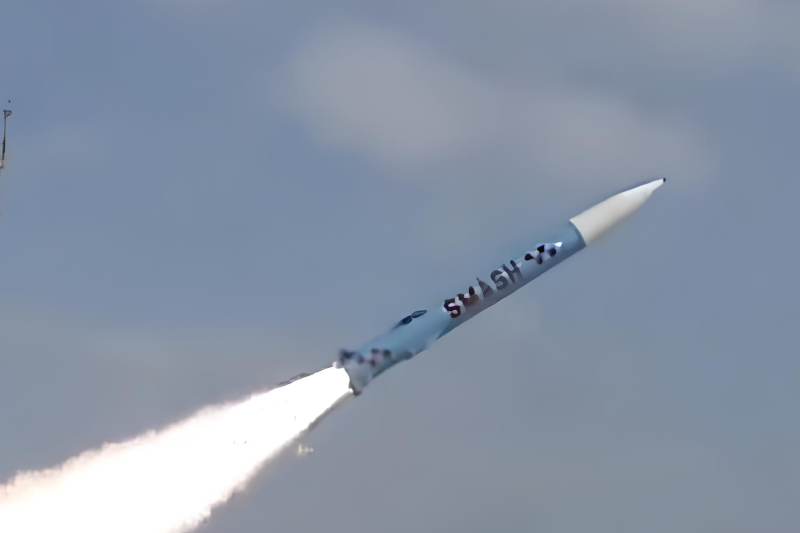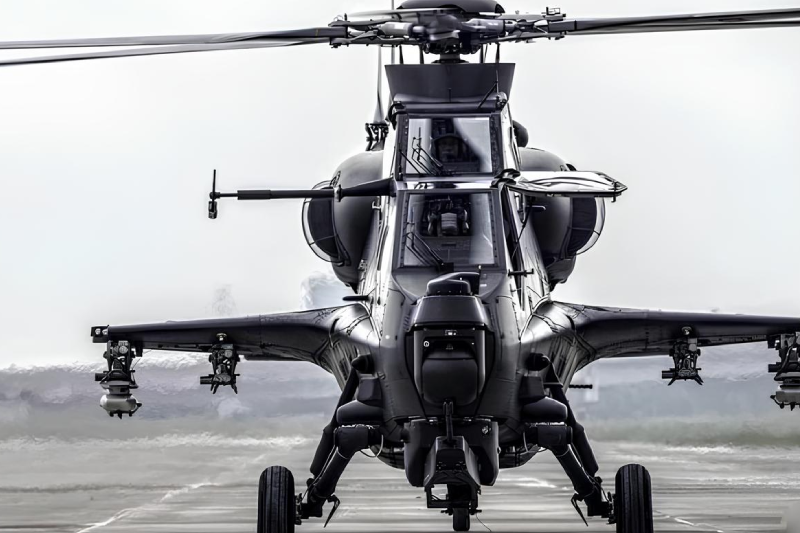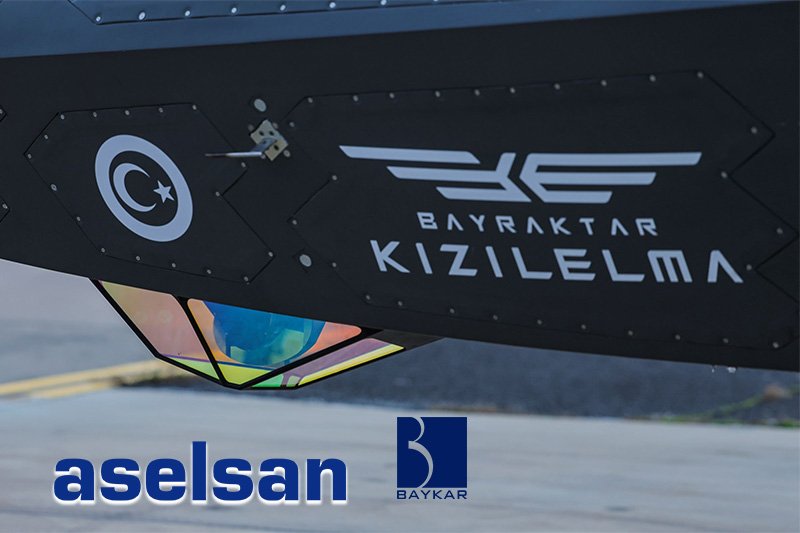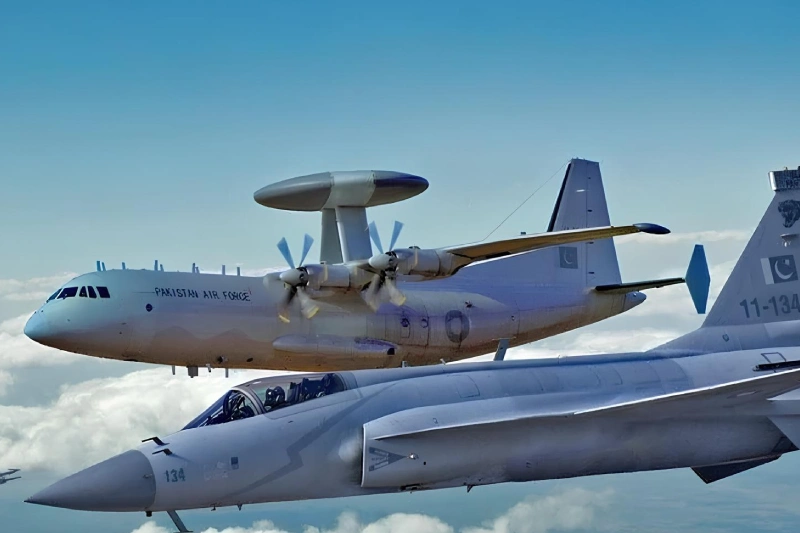How Pakistan Linked Jets, Radars & AWACS in One Network
Recent hostilities between Pakistan and India have highlighted a paradigm shift in modern aerial warfare, according to a detailed report published by China Space News. Pakistan’s military successfully deployed what experts are calling an “ABC” combat system representing a three-stage approach of “locked by A, launched by B, guided by C” that fundamentally changes traditional air combat dynamics. This sophisticated network-centric approach has reportedly enabled Pakistan to achieve tactical superiority despite facing an adversary with potentially greater numerical strength.
Breaking Down the “ABC” Approach
Conventional air combat typically relies on individual fighter jets to perform multiple functions: detecting enemy aircraft, launching missiles, and guiding those missiles to their targets. This approach places significant demands on single platforms and limits tactical flexibility. In contrast, Pakistan’s networked system distributes these functions across multiple assets, creating a more resilient and effective combat ecosystem.
How the System Functions
The Pakistan Air Force’s “ABC” system works through three coordinated phases:
- Locked by A: Ground-based radar systems detect and lock onto enemy aircraft
- Launched by B: Fighter jets on patrol duty receive this targeting data and launch air-to-air missiles from safe distances
- Guided by C: Airborne Warning and Control Systems (AWACS) provide continuous tracking and guidance to the missiles until they reach their targets
This approach represents an evolution beyond even the “launched by A, guided by B” model currently employed by military powers like the United States and Russia. By adding the third “guided by C” component, Pakistan has created what the report describes as a “game-changing” beyond-visual-range combat capability.
Strategic Implications for Modern Air Combat
The China Space News report emphasizes that Pakistan’s success stems not from superior firepower but from better system integration. While not explicitly stated in the report, it’s worth noting that Chinese weapons have accounted for more than 80% of Pakistan’s arms imports over the past five years, according to the Stockholm International Peace Research Institute (SIPRI).
India’s Integration Challenges
In contrast, the report suggests India has focused primarily on equipment acquisition rather than integration. It cites acknowledged compatibility issues between various Indian AWACS platforms, ground radars, and fighter jets that have reportedly caused critical delays in threat detection and response. As the report ominously warns: “In modern air combat, even a one-second delay can be fatal.”
Hardware Behind the Strategy
While the China Space News report did not directly attribute Pakistan’s success to Chinese-made hardware, it noted that training footage released by Pakistani military sources shows several key Chinese systems in Pakistan’s inventory:
- HQ-9P air defense missile system
- ZDK-03 Airborne Warning and Control Systems (AWACS)
- J-10CE fighter jets
- PL-15E air-to-air missiles
These systems appear to form the backbone of Pakistan’s integrated network-centric warfare approach, suggesting significant interoperability between Chinese-made defense systems.
Future Warfare Implications
The report emphasizes that modern military confrontations have evolved from simple exchanges of firepower to what it calls “systemic, intelligent, and asymmetric warfare.” This shift prioritizes information integration and decision-making speed over raw military power a development that could potentially reshape military doctrine worldwide.
The Role of Unmanned Systems
Looking ahead, the report highlights the potential for integrating unmanned aerial vehicles (UAVs) into such networked combat systems. Drones could exploit “low-altitude blind spots in air defense networks” to gather intelligence or target ground assets like airbases. They could also serve as additional missile launch platforms, further enhancing firepower and strike efficiency.
Also read this: Pakistan Deploys Chinese FD-2000 Air Defense System
Lessons for Modern Military Forces
The Pakistan-India engagement offers valuable insights for military planners worldwide. The report suggests that forces that fail to prioritize system integration, data link standardization, and network-centric training may find themselves at a severe disadvantage in future conflicts, regardless of their numerical or technological advantages in individual platforms.
The warning to India is explicit: “If India doesn’t speed up equipment standardization, data link unification, strengthen training and logistics, it may face more strategic failures in future networked warfare.”
Pakistan’s reported success with its “ABC” system appears to validate the growing emphasis on network-centric warfare capabilities among leading military powers. By effectively distributing combat functions across multiple platforms and ensuring seamless information sharing, Pakistan has demonstrated that modern aerial combat effectiveness increasingly depends on system integration rather than platform superiority.
Keep connected with us at Facebook, Twitter, YouTube, Instagram & TikTok for latest defense happening around the globe.
Discover more from International Defence Analysis
Subscribe to get the latest posts sent to your email.












